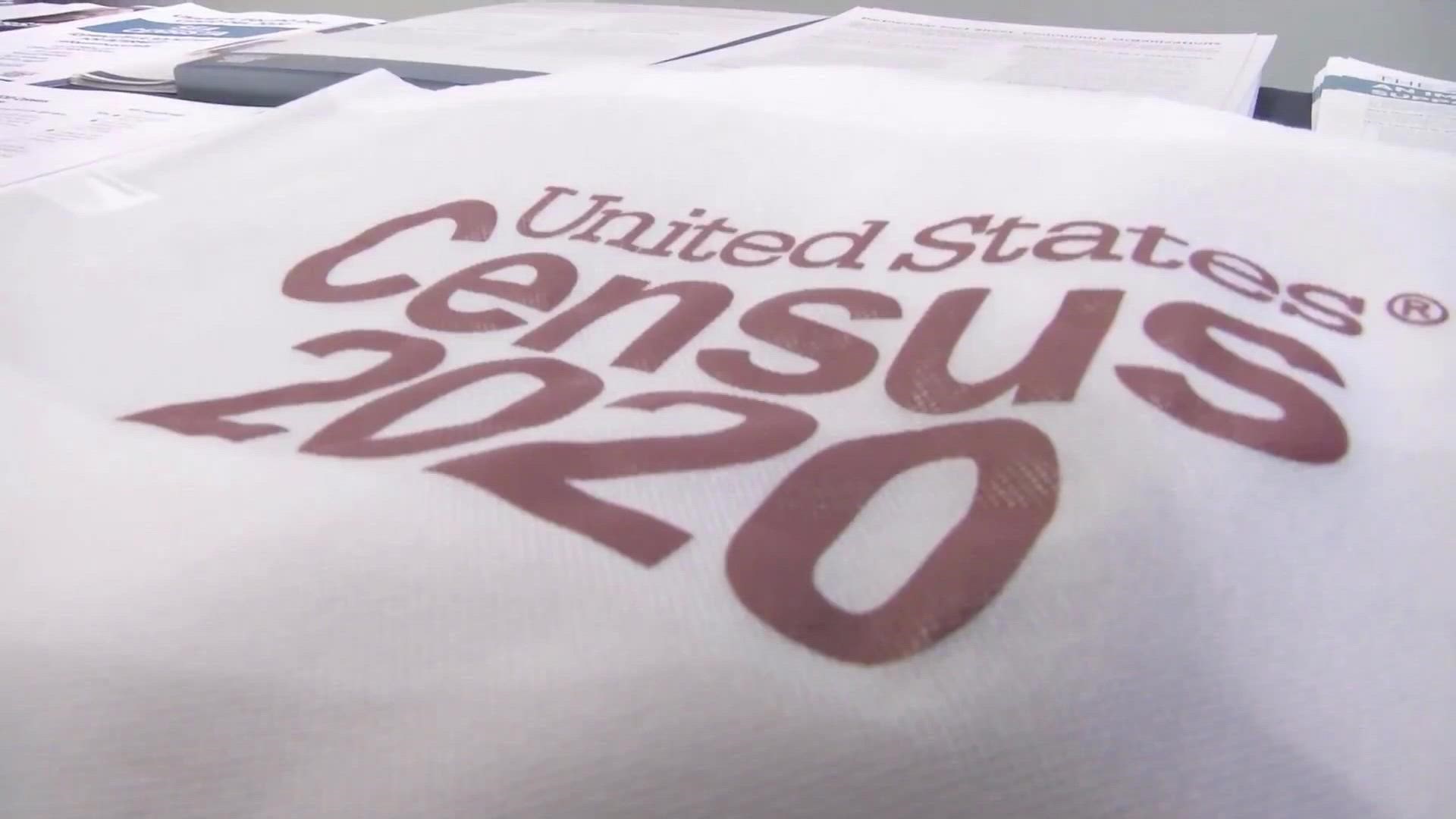SAN DIEGO COUNTY, Calif. — The once-a-decade head count from the 2020 Census released in August shows that San Diego County is becoming more ethnically and racially diverse with Hispanic or Latinos representing 34.1% of the county’s population.
Hispanics/Latinos became the largest racial or ethnic group in California now totaling 39.4% in 2020. San Diego County gained 242,981 people, 128,281 of them identified as Latino or Hispanic, while the county’s non-Hispanic white population fell to 45.0% in 2020, according to the census data.
Lilian Serrano, Community educator and Co-Director at Universidad Popular, says she believes they are seeing an increase in the Hispanic/Latino population as a result of children who have grown up and had children of their own and now have roots in San Diego County.
“It is definitely the increase of migration from different countries, but what we’ve actually seen is that it’s really more how families are settling in the United States. A few decades ago, what we would see is single men coming in working and then leaving. Now, we’re seeing more families who are migrating and establishing in the United States -- kids who are growing up and creating their own families,” Serrano said.
Latino population driving growth in San Diego County
The Census Bureau said they used two separate questions, one for Hispanic or Latino origin and one for race, to collect the races and ethnicities of the U.S. population, which allowed people to self-identify more accurately and report their Hispanic origin or race.
“It is important to note that these comparisons between the 2020 Census and 2010 Census race data should be made with caution taking into account the improvements we have made to the Hispanic origin and race questions, data processing and the ways we code what people tell us,” said Nicholas Jones, Director of Race and Ethnic Research and Outreach at the US Census Bureau.”
The collection of data for the 2020 Census was challenged by the COVID-19 pandemic. When Governor Gavin Newsom’s executive order was put into place for the Stay Home Order, census workers had to go knocking on doors to gather information, which Serrano says may have left many in the Latino communities unaccounted for.
Serrano says the way Latinos are asked to identify themselves on the census can be very confusing.
“Most of us don’t think about the difference between ethnicity and race and it becomes academic terminology that some folks might spend their whole lives studying and trying to determine the difference, but for the most part folks don’t know the difference.
Serrano said when you ask a Latino what their racial category is, most of them might identify with a nationality.
“Most Latino’s will answer -- they’re Mexican, so when we’re posting the question it gets very complicated,” said Serrano.
Serrano believes Latinos may have opted to leave that question blank, giving little to no data in order to correctly identify them as Latinos.
Serrano said another reason why they believe Latinos were undercounted on the census was due to a push for people to use the internet to self-identify and fill out their own census.
“We know that Latinos, especially in the more rural areas, had limited access to the internet and the knowledge to be able to use a device created a division and a challenge for folks to participate,” she said.
Serrano said people in the community were sent out to help assist those that needed it, but by the time they were able to go out, the county was already in the middle of a pandemic and the challenges kept piling up.
“The census is not done in a lab, it was done in a very anti-immigrant political climate and the Trump administration had different attempts at adding a citizen question, and even though it was not added to the questionnaire, we know that the conversation among immigrant communities caused folks to be afraid,” she said.
Serrano said some Latinos may have decided not to fill out the census for fear of putting another family member at risk of the information being used for immigration purposes or for those who might be sharing an apartment or house with more tenants then are allowed, which she says is a common problem in low-income communities.
Serrano said there needs to be more resources with people who speak Spanish and more programs specifically designed to be culturally appropriate in order to meet the needs of the Latino community.
“We can no longer look at Latinos and pretend that they are a small part of our community. We have cities in San Diego County where Latinos account for half of the population and they need to be counted,” Serrano said.
WATCH RELATED: Census shows US is diversifying, white population shrinking (Aug 12, 2021)

